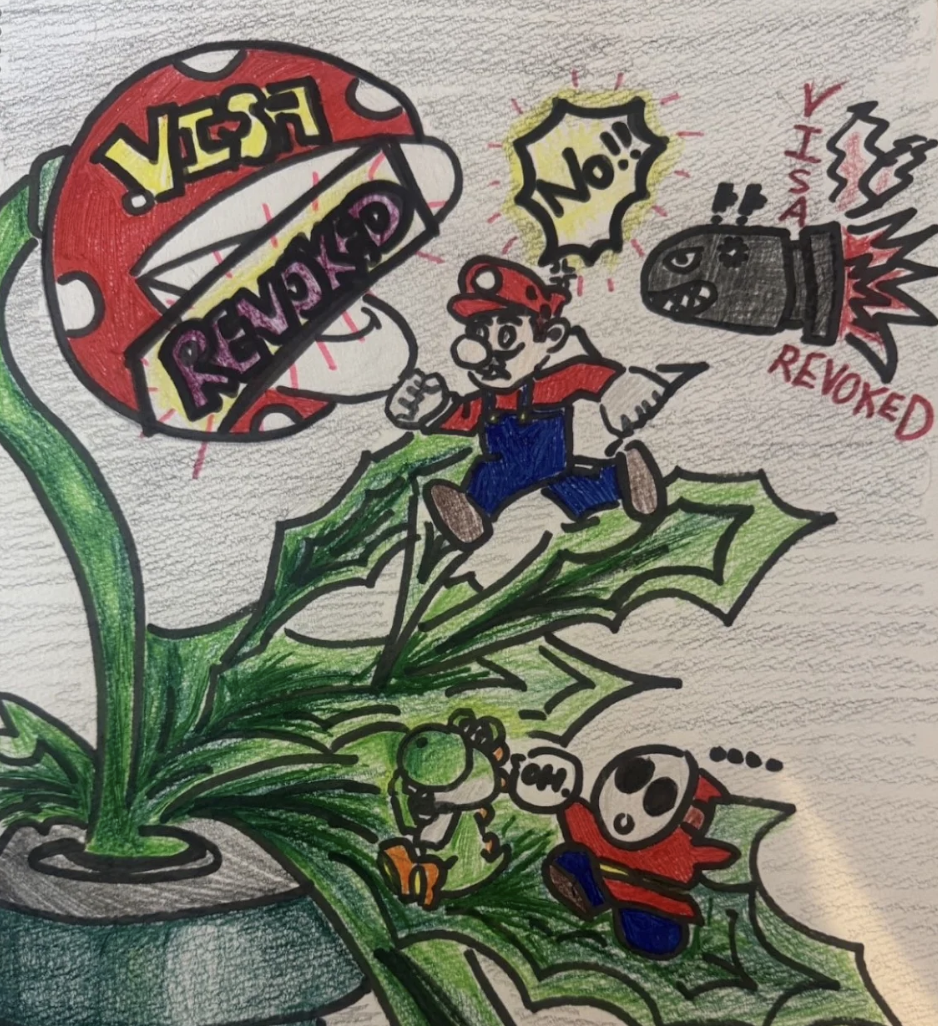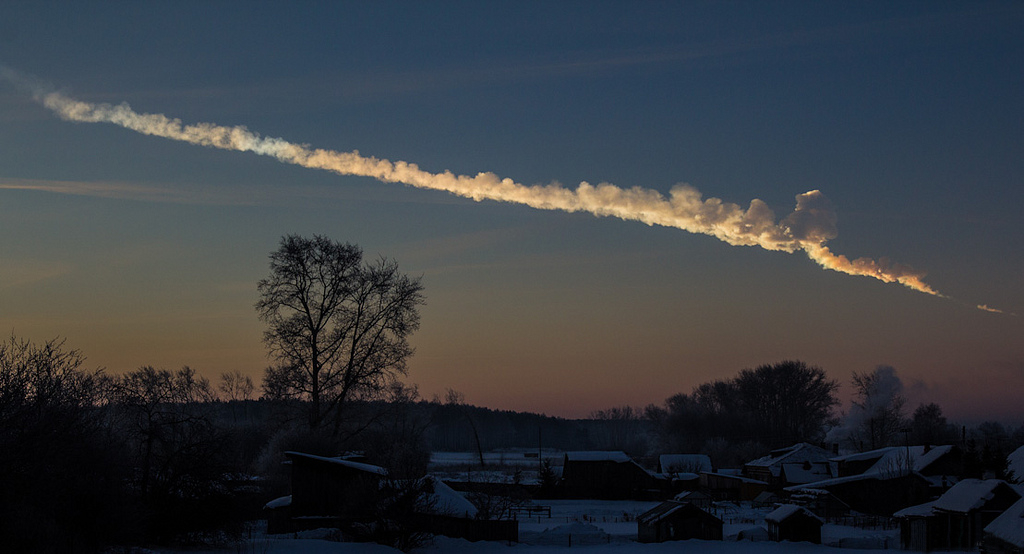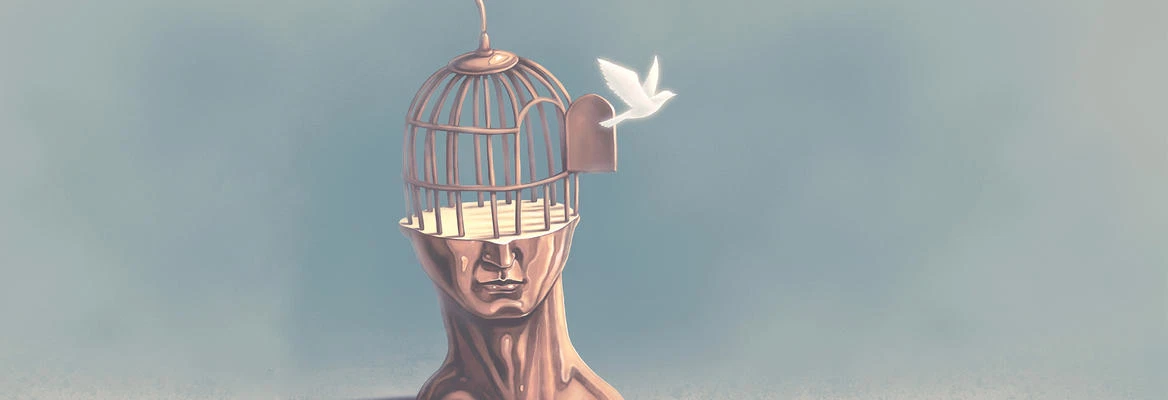Why do we feel compelled to terrify ourselves with haunted houses, horror films, and ghost stories? Well, fear has always been an intrinsic part of the human experience; scary tales are essential to our development as a society and preservation as a species. Ancient cave paintings depicting predators served as some of the first scary stories, warning others and future generations of potential dangers. As we have evolved, scary stories in the forms of art, folklore, literature, or cinema have been present throughout history. By passing down these tales, we’ve enhanced our survival mechanisms and positively influenced cultural and societal growth.
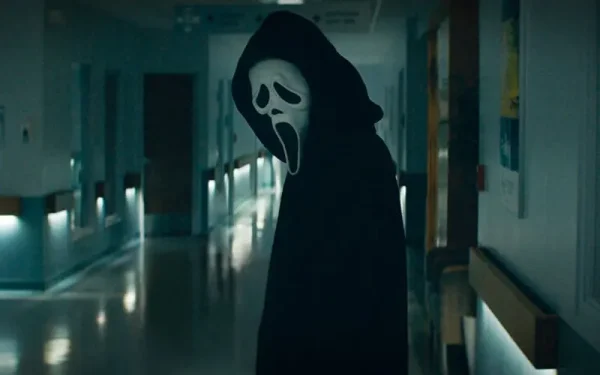
What is fear?
Your heart races, palms sweat, and breath quickens. Whether it’s a looming predator or a shadow in the dark, at its core, fear is a survival instinct. As author Lisa Fritcher states in her article The Psychology of Fear, fear manifests in many forms but always boils down to a biochemical response to a perceived threat. When faced with danger, our bodies react by switching into either fight or flight mode—facing the threat or running away. Hence, humanity has survived millennia against various threats thanks to this convenient skill. Fear is a reaction that aids our survival as a species.
Predator Inspection
The question now poses itself of why we are so compelled by horror, fictional or experiential. Many cultures even embrace the fear, celebrating holidays such as the pagan-originated Halloween or Latin El Día de los Muertos. Our fascination with fear is rooted deep in our evolutionary past and has puzzled scientists for decades. Charles Darwin wrote in The Descent of Man of an experiment where captive monkeys, despite their fear of snakes, would continuously lift the lid of a box containing the reptiles before shrieking and scurrying away. The monkeys were “satiating their horror,” Darwin stated. This phenomenon, known as “predator inspection,” is common across the animal kingdom.
In the wild, we can examine predator inspection through the cheetah and the gazelle. If the gazelle were to come across a cheetah in the wild, its first instinct may be to flee, as cheetahs are apex predators. However, the gazelle will not flee immediately unless the cheetah displays signs of being in “hunting mode.” Studies on animal interactions suggest that animals like gazelles can detect when a predator is actively hunting based on the predator’s body language. Only by studying the cheetah does the gazelle learn to distinguish whether the cheetah is a threat.
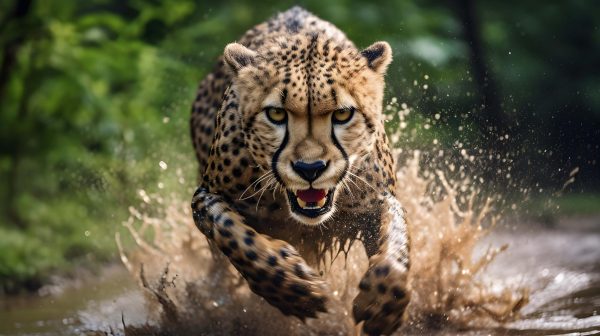
Impact of Horror Movies
In the context of a horror story, we experience a thrill from a safe distance as Darwin’s monkeys did, allowing us to gain knowledge of what is and isn’t a threat in a controlled environment. In this way, humans engage in a form of predator inspection, allowing us to recognize dangers without directly encountering them. For instance, the blockbuster film Jaws effectively portrays shark attacks as a threat through terrifying imagery and storytelling. While fear of sharks in the ocean predates Jaws, the film played a significant role in amplifying this fear. As reported by the Marine Conservation Institute, the film’s release spurred a lifelong fear of the beach in many and an increase in shark hunting and culling worldwide. This reaction illustrates how horror stories can perpetuate and commercialize existing fears. The simple retelling of a scary shark story allowed society to react by switching into fight mode, even though the movie only simulated danger.
Shark hunting numbers escalated to a critical maximum. Thus, rather than ensuring our safety, this overreaction ultimately damaged the marine ecosystem, of which sharks are an essential part.
In such a paradoxical effect, however, we were able as a society to recognize an issue and grow. In fact, Peter Benchley—the author of the original Jaws book himself—spoke out in regret of the unintended consequences of his work and spent the rest of his days as an avid advocate for shark conservation. This growing awareness eventually led to policies protecting sharks and their habitats. In a roundabout way, our initial reaction of fear both distorted and enhanced public knowledge, motivating people to learn more about the sharks they feared.

Scary Stories Promote Societal Growth
The fear caused by scary stories has contributed to societal development throughout history. Sociologist Heinz Herbert Noll defines societal development as “the change or advancement of major conditions of societies and people’s lives in a direction considered to be desirable based on prevailing values and goals of development.” Essentially, it means that society moves towards what people believe is right.
When we fear something, due to the principle of predator inspection, we figure out how to deal with it, changing our behavior. One interesting example of fear-driven changes in behavior comes from Japan, where parents told folk-cultural stories of evil demonic entities named Namahage who steal children who slack off studying or disobey their parents. This was one of many traditional tales surrounding the value of diligence, enforcing cultural norms through scary stories as a form of predator inspection.
In one New Year’s Eve tradition, the Namahage, played by men in demonic masks, would make the rounds of houses in their villages, bursting in and threatening to seize young wives and children, bellowing about the importance of schoolwork and obedience while other family members protected them. Today, this practice is less commonly followed, though Japanese children remain extremely disciplined according to Japan Nihon, and Japan remains one of the strictest education curriculums worldwide. Though certainly not the only factor contributing to the conscientious nature of Japan’s culture, such stories and mindsets shaped the minds of many. This example highlights an intriguing example of how cautionary tales can reinforce and develop existing societal standards in positive ways.
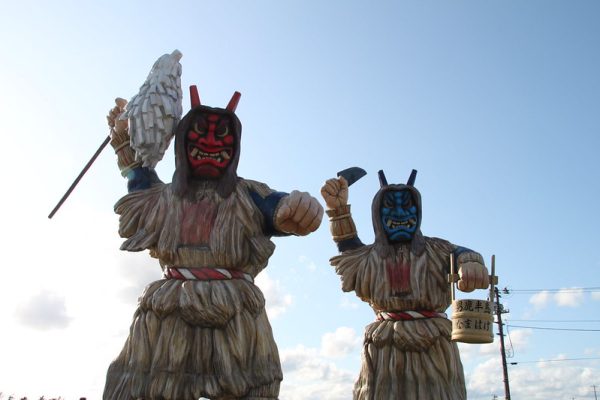
So what?
Scary stories have driven our behavior in the spirit of self-preservation, an extension of which was societal growth throughout history. Humanity has passed down lessons by embedding cautionary tales into cultural practices. From ancient cave paintings to modern cinema, these tales reflect our evolving fears and enduring curiosity to confront them. This article only touches on the very basic psychology and benefits behind our fascination with a good scary story. However, at your next Halloween party or scary movie night, I encourage you to remember the apt words of famous horror novel author Stephen King: “We make up horrors to help us cope with the real ones,” and ask yourself what fear teaches you.


